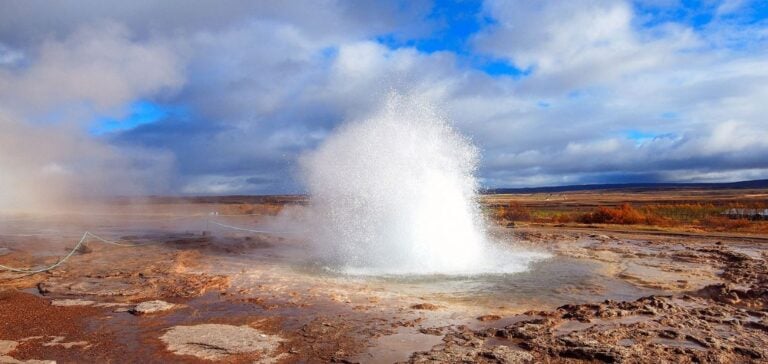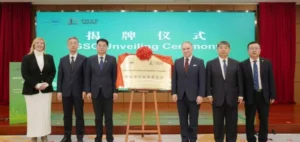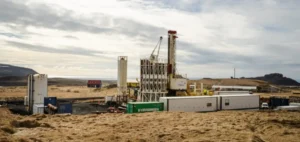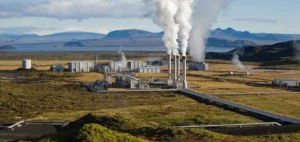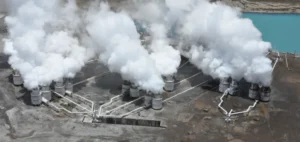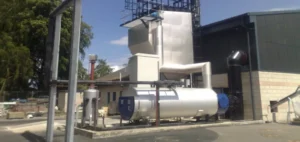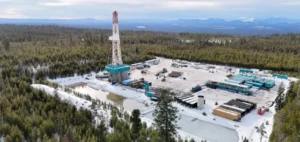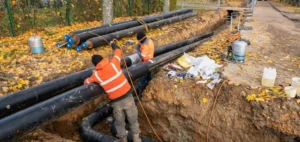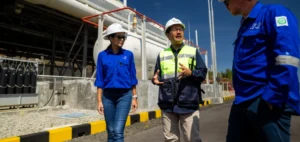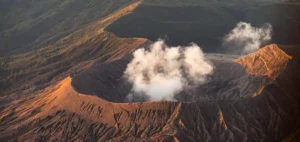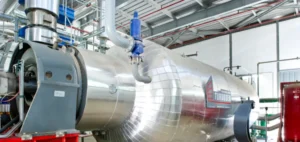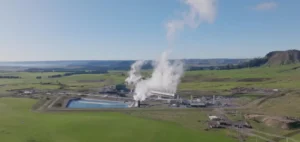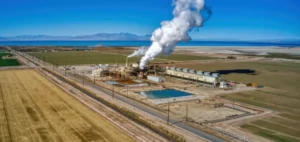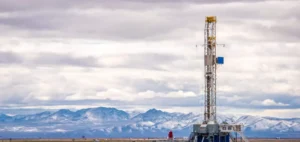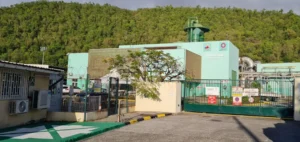Enhanced Geothermal Systems (EGS) are shaping up to be a revolution in the renewable energy sector. Thanks to the ability of these systems to harness heat from deep within the Earth, EGS presents itself as a viable solution for a global energy transition to cleaner sources. These technologies provide access to geothermal resources in areas with no natural hydrothermal phenomena. What’s more, they could transform our approach to sustainable energy. The EGS could extend the reach of traditional geothermal energy and redefine the capabilities of the renewable energy sector. All with financial backing and engineering advances.
EGS Transforming Potential
The EGS opens up new horizons by enabling geothermal exploitation outside traditional areas of obvious volcanic or geothermal activity. By injecting water under pressure, EGS systems create fractures in hot, non-permeable rock. This facilitates water circulation and the efficient capture of underground heat. This technology has the potential to extend geothermal energy almost everywhere. It offers constant, predictable energy production, unaffected by climatic variations. Recently, pilot projects initiated by entities such as Chevron New Energies and Fervo Energy. They are funded by initiatives such as the Bipartisan Infrastructure Act, and have demonstrated a growing interest in this technology.
Technical Challenges and Innovative Solutions
One of the major challenges of EGS is the cost and technical difficulties associated with drilling at great depths and managing extreme temperatures. Standard equipment is often inadequate to withstand the intense conditions encountered several kilometers below the earth’s surface. In response to these challenges, our engineers are adapting advances in horizontal drilling and magnetic detection technologies, originally developed for the oil and gas industry, to improve the efficiency and feasibility of EGS installations. In addition, projects such as the Frontier Observatory for Geothermal Energy Research (FORGE) in Utah have begun testing tools capable of withstanding these extreme conditions, paving the way for significant advances in the field.
Regulatory Complexity and Management Approaches
The development of EGS is not only a technical challenge, but also a regulatory one.
Legislators need to adapt legal frameworks designed for traditional natural resources to support innovation in the geothermal sector. Mineral and groundwater rights are governed by laws such as the Mining Law of 1872 and the Mineral Leasing Act of 1920. Today, they play a crucial but complex role in the implementation of EGS projects. Developers have to navigate between permit requirements and environmental regulations. These may vary from state to state in the United States. Simplifying these regulatory processes and harmonizing policies could accelerate the deployment of EGS technologies and, consequently, their contribution to a sustainable energy grid.
Economic and environmental implications
Despite its challenges, EGS represents a promising avenue for clean energy.
The EGS could increase geothermal energy’s share of the global energy mix. It could also stimulate the local economy by creating new jobs. Moreover, the ability of EGS to provide constant baseload power is attractive to regions seeking to reduce their dependence on fossil fuels. It also helps stabilize power grids in the face of growing demand, making the technology essential for the future of energy. Advanced geothermal systems are a turning point for the renewable energy industry. It offers immense potential for a sustainable energy future. Technological advances and continued investment in EGS could well be the key to the transition to a carbon-free energy grid.


